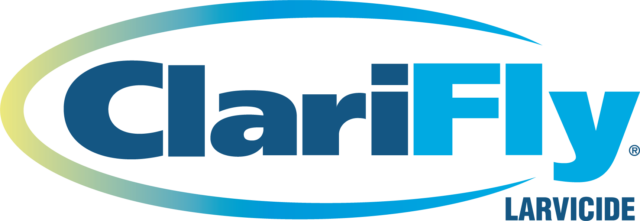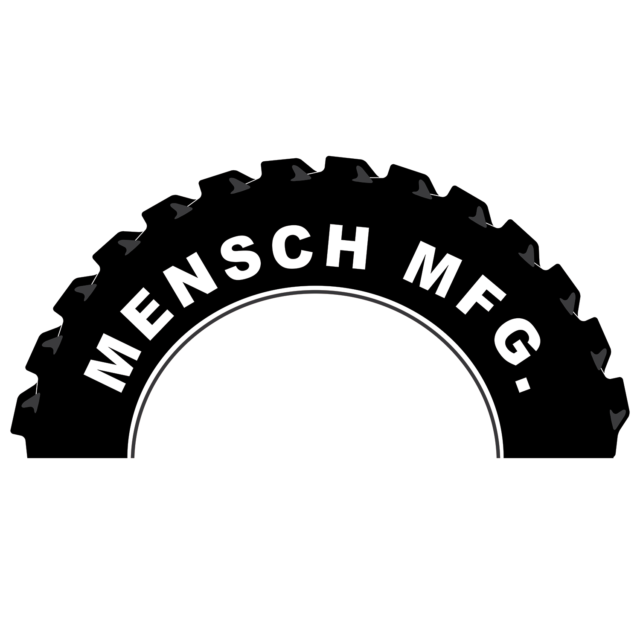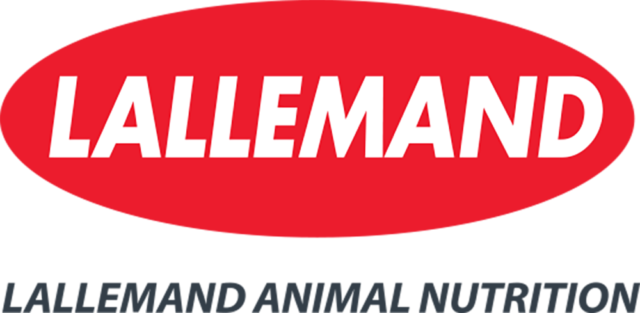Progressive Dairyman Editor Walt Cooley recently asked Tim Amlaw, manager of the American Humane Association’s American Humane Certified program, a few questions about animal welfare and its impact on agriculture.
How is the animal welfare landscape different this year from last year at this time?
AMLAW: In reality there is a stronger awareness in general both about the issues that are being highlighted by all different animal welfare groups and inside production agriculture. So as a general statement, I think there is really much more general awareness and sensitivity than even a year ago.
Why is there an increased interest in animal welfare for farm animals?
AMLAW: I think generally people want to know where their food is coming from, and when issues arise that may taint that picture they may have in their mind, they become more focused on it.
There is a trend right now that agriculture needs to be more responsive in the transparency of their activities. We certainly find when we go out that producers are ready, willing and able to work hard to meet our standards and show in real terms their humane practices towards their animals.
How would you define today’s welfare landscape? Is it better or worse than a year ago for a dairy producer?
AMLAW: The quintessential argument is always the scale issue. Is big agriculture bad? That’s the argument that is presented by many groups that, in some simplistic way, must be defended against. So for dairies, for instance, there is an obvious trend of consolidation right now, so scale is an issue.
I say the dairy industry is not a lot different than all of agriculture right now which is facing a new change of communication about and awareness of what the practices are on the farm.
Are producers who don’t meet your welfare standards ‘bad’ producers?
AMLAW: No. For instance, lameness rates are readily talked about in the industry at 49 percent so where we accept a 5 percent rate as a standard most dairies would have a lameness issue if going through our audit.
That doesn’t mean that dairyman is a bad practitioner. It just means he or she has a lameness issue that will need some corrective action. The more transparent the audit processes we can apply to the industry the better communications we have with the consuming public who relies on those representations.
How would you define the welfare auditing process?
AMLAW: There is a set of scientifically based standards that the producer complies to, and we audit to their compliance. It’s not about subjective opinions about producers. They get a score; they know where they stand. Next year’s marking may be higher; if it is lower, they know what they need to correct, so it’s an engaging atmosphere of learning about animal welfare.
How is your organization different from the Humane Society of the United States?
AMLAW: We are significantly different in many ways. They are certainly a larger organization than we are. We’re really hands-on, in-the-field. We work day-to-day with producers and help with the tough decisions they are making relative to the care of their animals. So in a sense we are almost parallel to what the extension service is, but as a nongovernmental agency.
We both “walk the walk” and “talk the talk.” We go get our hands dirty. We go out and work with producers in animal agriculture. We don’t see legislation as the first course of action for anything.
So you’re not antagonistic toward animal agriculture?
AMLAW: We try not to be antagonistic with producers, so that maybe is a significant difference with us. To be perfectly honest that doesn’t mean that everything that HSUS does is necessarily negative, but it may be in their approach where we differ.
Our approach is much more collaborative in trying to find solutions. Our slogan is: Good for people first. Good for animals and then good for business. If you don’t combine all three of those, agriculture won’t exist. So from our standpoint, we want agriculture to exist. We think it is very important to feed the world and have choices of protein available and also be price-conscious, with our primary objective being the humane care of the animals, but I don’t think any of those things are mutually exclusive.
How will animal welfare impact the dairy industry in the next five years?
AMLAW: We’re in a very tough time right now for agriculture. In the future, what anybody who is merchandising food needs to have in mind is to tell their complete story. You cannot go to market without telling your welfare story.
Animal practitioners – the people caring for the animals, the farmers, the producers, the veterinarians – and even the truckers and processors all need to be engaged in an awareness and a complete application of welfare practices. I don’t believe that in the future consumers are going to buy products that don’t have a reference to some level of animal care. PD
Tim Amlaw
Program Manager
American Humane
Certified




